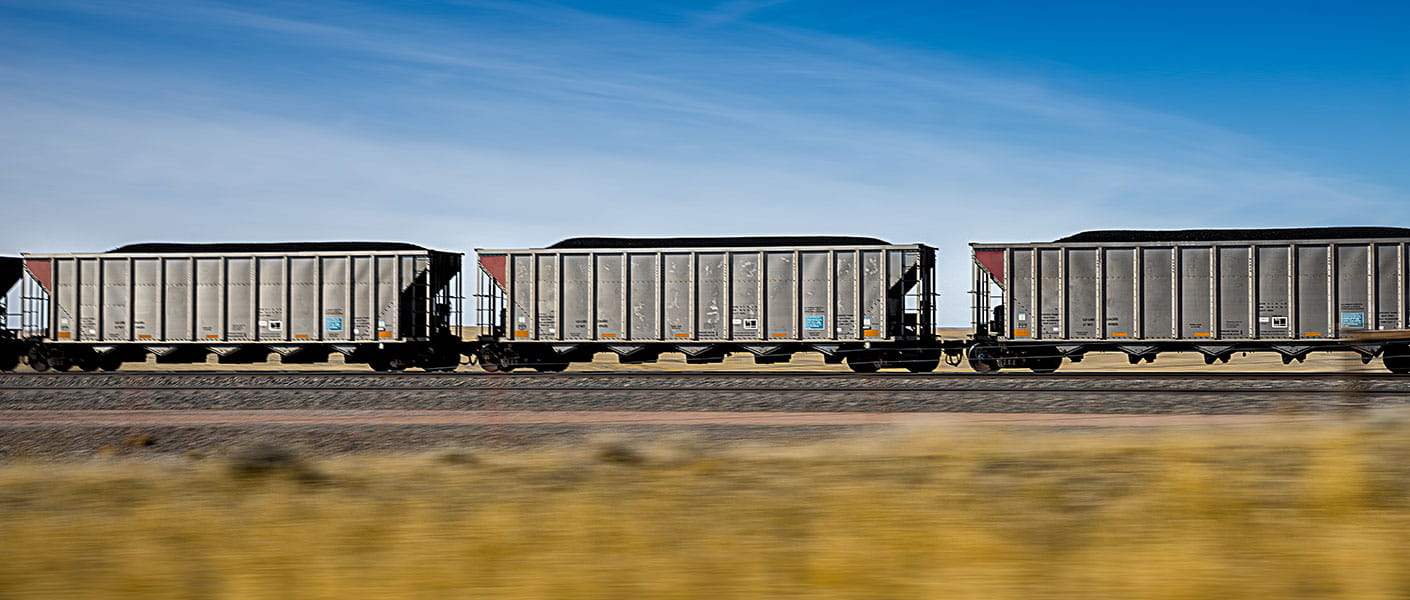Australia’s freight task is growing. Research by the National Transport Commission identified 50% growth in freight volumes over the last decade, and forecast an increase of 26% over the next 10 years. Rail accounts for half of the national haulage task, with rail operators prospering during the mining boom. Now, as the economy returns to more ‘normal’ growth levels, a major challenge facing the rail industry - how to remain competitive and sustainable?


Australia’s freight rail evolution
Australia’s freight rail industry evolved from a series of vertically-integrated, State Government owned networks. The objectives of these freight operations were often greater than moving product at a profit; rail operators often facilitated state-sponsored regional development projects, especially in regional areas.
Haulage agreements typically allocated most of the production risk and variability to the rail operator, who received payment only when volume was hauled, whilst also bearing the risk of asset procurement and operation.
The Hilmer reforms of the 1990’s separated track infrastructure from haulage operations, with rail operators paying the rail infrastructure management agency a fee to access the network. The separation of above and below rail operations coincided with corporatisation and eventual privatisation of mainland rail operators.
During the first decade of this century, the mining boom created opportunities for rail operators to rapidly expand their businesses. This expansion was underwritten by “Take or Pay” contracts, where the customer paid part of their freight costs via a fixed cost to the rail company, regardless of whether the service was used or not.
In most instances, the rail company financed and profited from owning the rolling stock whilst the “Take or Pay” mechanism effectively transferred an increasing share of production risk to the customer.
Addressing today’s challenges
As the mining boom eases, the challenge now faced by rail companies and their customers is to develop commercial and operating models which are sustainable in a market characterised by lower growth. Competition for new and existing haulage opportunities is likely to be increasingly fierce as rail operators exploit track access arrangements.
Greater margin pressure is one expected outcome for rail operators.
Rail operators are tending to adopt a whole-of-supply-chain approach, in which rail is viewed as one of a series of integrated elements. In particular, freight operators are examining a wider number of operational and financial options, including:
- Improving storage, loading and discharge capability to minimise supply chain variability and rolling stock required
- Dynamic modelling to identify the optimal mix of supply chain assets
- Contracting rail access directly with the rail access provider rather than the rail operator
- Accessing cheap funding to procure rolling stock to avoid potentially more expensive financing associated with rail operator owed models.


Those rail companies who quickly adapt to this new environment will have significant opportunities to profitably build market share, most likely at the expense of those operators who cling to their traditional contractual and service delivery structures.


